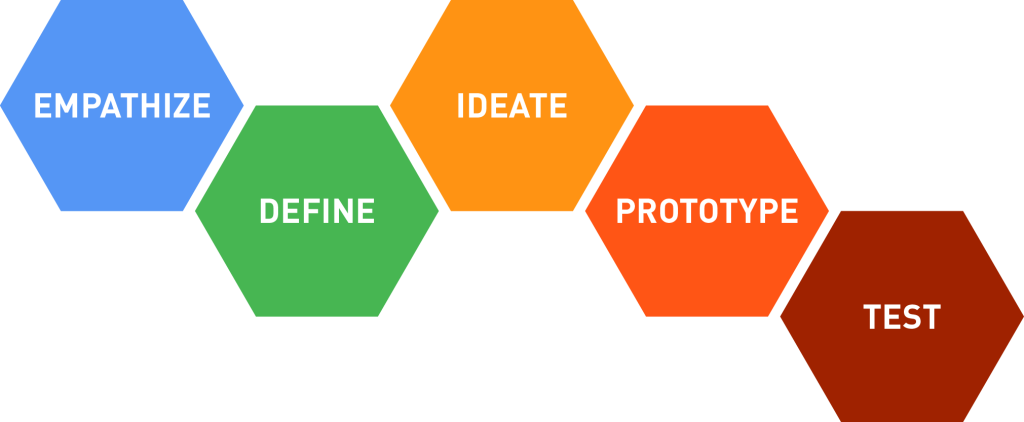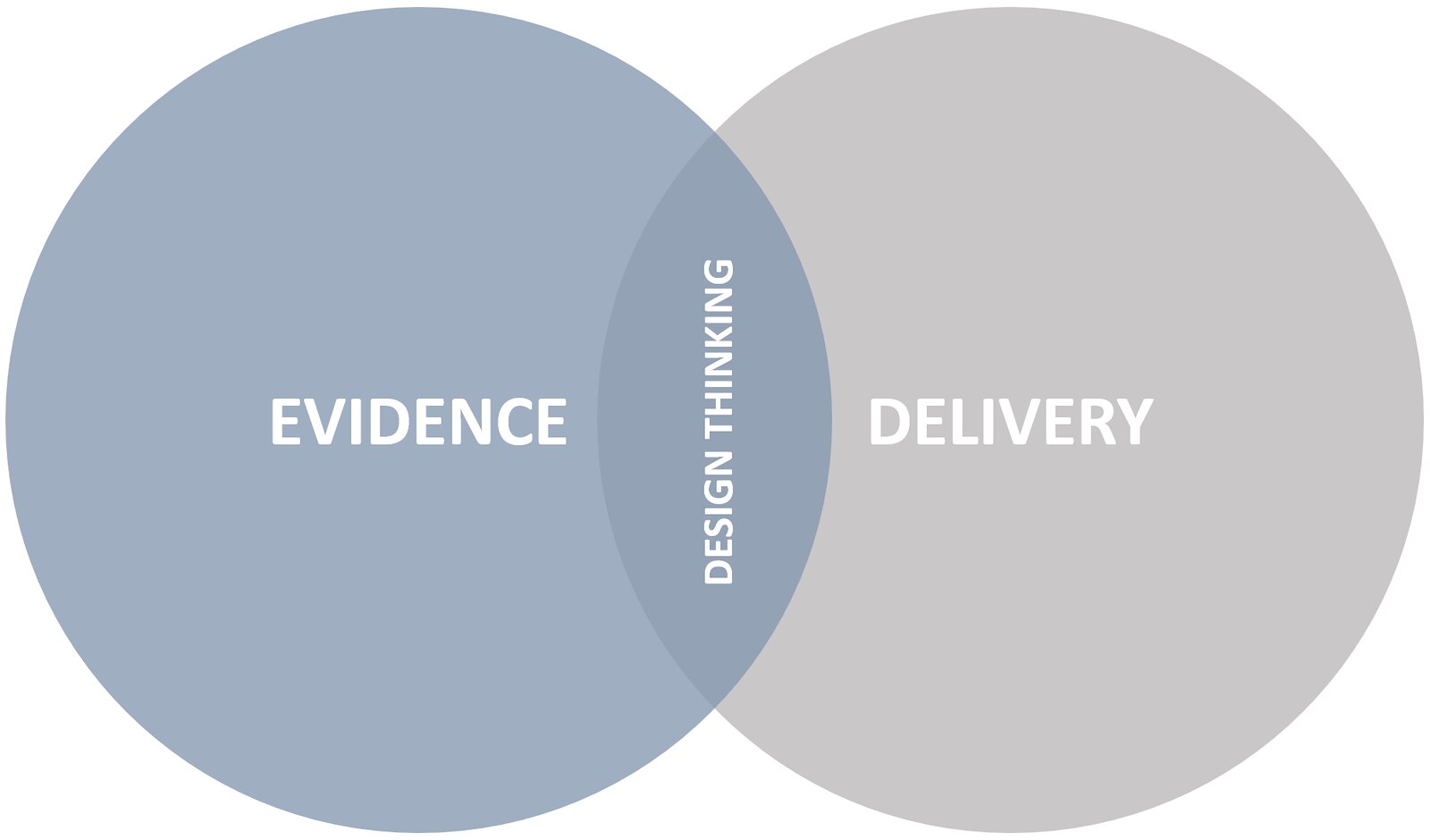That’s the view of some user-oriented design proponents.
It’s something I remembered while writing my last blog post about user-generated content. Whereas that post explored the role of the learner in the content development process, how about their role in the broader instructional design process?
I wrote a short (1000 word) assignment on the latter at uni several years ago – in the form of a review of a chapter written by Alison Carr-Chellman and Michael Savoy – and it’s a concept that has resonated with me ever since.
Here I shall share with you that review, unadulterated from its original form except for adding an image to represent the user empowerment continuum, replacing the phrase “preferred learning styles” with “learning preferences”, and hyperlinking the reference.
Whether or not the more “progressive” design philosophies resonate with you, at the very least I hope they provoke your thinking…

Introduction
Carr-Chellman & Savoy (2004) provide a broad overview of user design. They define the term user design, compare it against other methodologies of user-oriented design, identify obstacles to its successful implementation, and finally make recommendations for the direction of further research.
Definition
According to Carr-Chellman & Savoy (2004), traditional instructional design methodologies disenfranchise the user from the design process. In a corporate organisation, for example, the leaders will typically initiate the instructional design project, an expert designer will then analyse the situation and create a design, and finally, the leaders will review the design and either approve it or reject it. The role of the user, then, is simply to use the system (or perhaps circumvent it).
In contrast to traditional instructional design methodologies, user design enables the users to participate in the design process. Instead of just using the system, they are involved in its design. Furthermore, their role is more than just providing input; they are active participants in the decision-making process.
Comparison against other methodologies
Carr-Chellman & Savoy (2004) carefully distinguish user design from other methodologies of user-oriented design, namely user-centered design and emancipatory design.

User-centered design
According to Carr-Chellman & Savoy (2004), user-centered design methodologies consider the needs of the user during the design process. In educational situations, for example, the expert designer may analyse the target audience, identify their learning preferences, and perhaps run a pretest. In tool usage situations, he or she may distribute user surveys or conduct usability testing. The goal of these activities is to obtain extra information to assist the designer in creating a better system for the users.
The key difference between user-centered design and user design is the level of participation of the users in the design process. Under a user-centered design model, the designer considers the needs of the users, but ultimately makes the design decisions on their behalf.
Under a user design model, however, the needs of the users go beyond mere food for thought. The users are empowered to make their own design decisions and thereby assume an active role in the design process.
Emancipatory design
If traditional design occupies the lowest extremity of the user empowerment continuum, and user-centered design occupies a step up from that position, then emancipatory design occupies the opposite extremity.
Emancipatory design dispenses with the role of the expert designer and elevates the role of the users, so that in effect they are the designers. This methodology charges the users with full responsibility over all facets of the design process, from initiation, through analysis, design, review, to approval. Instead of having a system imposed on them, the users have truly designed it for themselves, according to their own, independent design decisions.
Emancipatory design is founded on issues of conflict and harmony in the disciplines of social economics and industrial relations. Carr-Chellman & Savoy (2004) recognise that the goal of emancipatory design is “more to create change and vest the users and frontline workers in organisational outcomes than it is actually to create a working instructional system”. Hence, emancipatory design may not be a universal instructional design methodology.
User design
User design fits between the extremes of the user empowerment continuum. Whereas traditional design and user-centered design remove the user from the active design process, and conversely, emancipatory design removes the expert designer from the process, user design merges the roles into the shared role of “co-designer”. It strikes a balance between the two perspectives by including contributions from both parties.
Arguably, user design is a universal instructional design methodology. Whereas traditional design and user-centered design devalue the role of the users in the active design process, emancipatory design devalues the role of the expert designer.
User design, however, values both roles. It recognises the necessity of the active involvement of users, because they are the experts in their domain and will be the ones operating the system. However, users can not be expected to understand the science of design. The active involvement of an expert designer is critical in guiding the design process and driving the work towards an efficient and effective outcome.
Obstacles
Carr-Chellman & Savoy (2004) identify numerous obstacles to the successful implementation of user design, including the reluctance of designers and leaders to share their decision-making powers with users, the inclusion of users too late in the design process, the tendency to categorise users into a homogenous group, and the lack of user motivation to participate in design activities.
Further Research
Carr-Chellman & Savoy (2004) claim that research specific to user design within instruction systems is scarce, and much of the research into other user-oriented design methodologies lacks scientific rigour. Therefore, they recommend the following actions for the research community:
- To create a standardised language to define user design and to distinguish it from other user-oriented design methodologies,
- To study the implementation of user design across different variables, such as user profile, subject area and mode of delivery, and
- To communicate the success of user design in terms of “traditional measures of effectiveness” for the purpose of influencing policymakers.
Furthermore, Carr-Chellman & Savoy (2004) recommend that researchers adopt the participatory action research (PAR) method of inquiry. They argue that PAR democratises the research process and, consequently, is ideologically aligned with the principles of user design.
It can be argued, therefore, that Carr-Chellman & Savoy (2004) promote both user design and user research. Their vision for users is not only to assume the role of “co-designer”, but also of “co-researcher”.
Reference
Carr-Chellman, A. & Savoy, M. (2004). User-design research, in Handbook of Research on Educational Communication and Technology, 2nd ed, D. H. Jonassen (Ed), pp. 701-716, New Jersey, USA: Lawrence Erlbaum.






